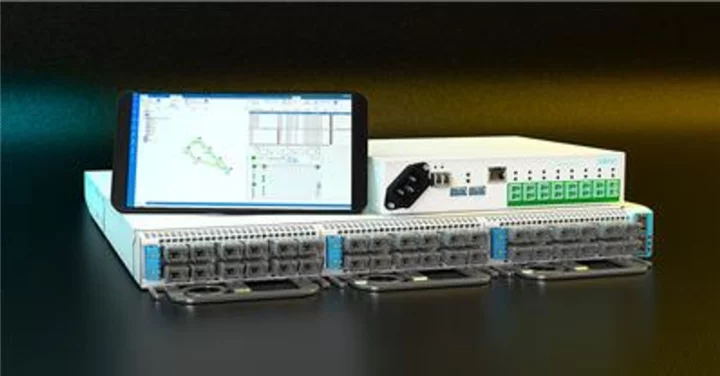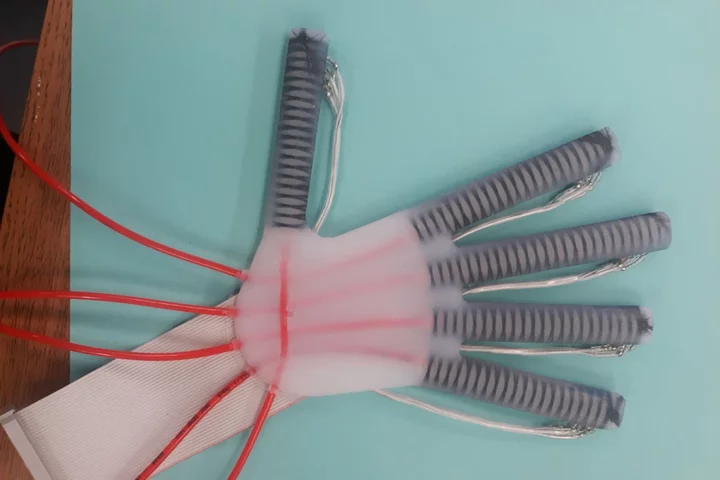
When Does Warzone Season 4 End?
According to the current Battle Pass, Warzone Season 4 ends on Wednesday, Aug. 9. Warzone Season 5 will begin shortly after and likely include the MW3 reveal.
2023-07-25 00:54

Titan Telecoms rapidly expands network across Australia with Adtran
BRISBANE, Australia--(BUSINESS WIRE)--Jul 6, 2023--
2023-07-06 20:21

Microsoft is testing Bing Chat on Chrome and Safari
Following reports from users, Microsoft has confirmed that Bing Chat is coming to other browsers
2023-07-26 00:24

T-Mobile to lay off 5,000 employees
T-Mobile on Thursday announced it plans to lay off 5,000 employees, or around 7% of its total staff, over the next five weeks.
2023-08-24 22:17

Chinese chipmaker YMTC sues Micron alleging patent infringement
Chinese chipmaker Yangtze Memory Technologies Co (YMTC) has filed a lawsuit against U.S. rival Micron Technology alleging infringement
2023-11-13 10:45

Top Emitters Vow New Climate Action in US-China Breakthrough
The US and China, the world’s biggest polluters, vowed to step up joint action to tackle climate change
2023-11-15 13:45

Trio of Super Mario Advance titles heading to Switch this next week
The three games will be available from May 26.
2023-05-19 20:21

Macron to meet Elon Musk in Paris to talk Tesla investment
By Michel Rose French President Emmanuel Macron said he will meet with Tesla CEO Elon Musk on Friday,
2023-06-15 00:54

Why Did Old Phone Numbers Start With Letters?
You may have noticed these weird phone numbers while watching reruns of your favorite ’50s-era TV show—and though they look like gibberish to modern phone-users, they were perfectly normal at the time.
2023-08-10 21:24

Exxon Sees Global Warming Exceeding 2C Limit as Economies Grow
Exxon Mobil Corp. sees the world failing to reduce emissions fast enough to limit global warming to 2C
2023-08-28 22:47

10 of the best Python courses you can take online for free
TL;DR: Find a wide range of free Python courses on Udemy. Learn at your own
2023-07-06 12:23

COLOPL Group Blockchain Game Company Brilliantcrypto, Confirms Partnership with Coincheck Ahead of IEO
TOKYO--(BUSINESS WIRE)--Jul 20, 2023--
2023-07-20 14:25
You Might Like...

Kyocera to Construct New Development Center at Shiga Yasu Campus in Japan

'Where is the phone?' Huawei keeps quiet about Mate 60 Pro but takes aim at Tesla

MrBeast: What is YouTube king's epic venture BEAST GAMES? Here's what we know

Solar Farms Out at Sea Are Clean Energy’s Next Breakthrough

Smart gloves ‘could allow stroke patients to relearn to play the piano’

How to create viral YouTube videos? MrBeast shares 'awesome advice for YouTubers' leaving fans 'tempted', but there's a catch

S&P Sees Long-Term Rating Risk to California as Home Insurers Retreat

Lithium Players Race for Breakthrough to Meet Electric Car Demand
